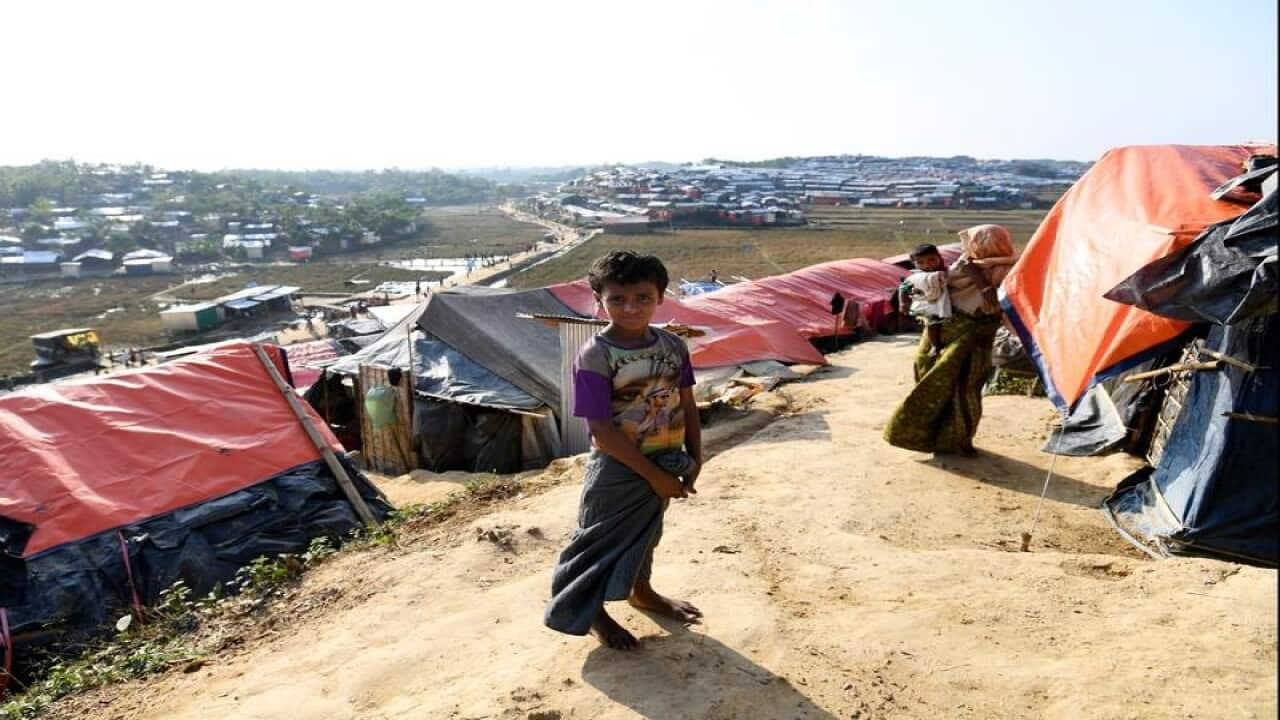The Rohingya refugees living in southern Bangladesh are showing concern for upcoming rainy season. They have been living in the slums clinging to the steep, denuded hills. In rainy season in Bangladesh there is a big possibility of monsoon floods and landslides in those areas where the Rohingya refugees have been living. Sandbags were used to fortify the slopes. The devastated Rohingya refugees pray that will survive them in the upcoming rainy season.
The rainy season starts typically in April and peak in July, according to the Bangladesh Meteorological Department. Cyclones can hit the country anytime between March and July.
Shack is built on packed mud. Cracks have already formed there. They make it safer, but they won’t hold if the rain is really heavy.” said one of the resident.
Nearly 700,000 Rohingya Muslims have fled to Bangladesh since last August to escape a military crackdown in neighbouring Myanmar. Most now live in flimsy, bamboo-and-plastic structures perched on what were once forested hills.
That was Bangladesh’s reserve forest. It was beautiful, dense, lush woodland. But within a few months, the forest was stripped away completely.
Flooding increases the risk of disease outbreaks. Latrines, washrooms and tube wells may also be flooded. International Organization for Migration (IOM) is setting up emergency diarrhoea treatment centres and providing search and rescue and first aid training.
Refugee families use firewood for cooking. They cut down trees to make way, dug up the roots for firewood. All these made the slopes weaker and prone to collapse.
In the biggest makeshift camp in Kutupalong-Balukhali, the UNHCR, IOM and World Food Programme are working to make that area safer, said UNHCR spokeswoman Caroline Gluck.
Bangladesh Disaster Management Secretary Shah Kamal said the government was working with the UN to relocate 133,000 people living in high-risk areas. It is also launching a Rohingya-language radio station that will act as a natural disaster warning system.
Share
